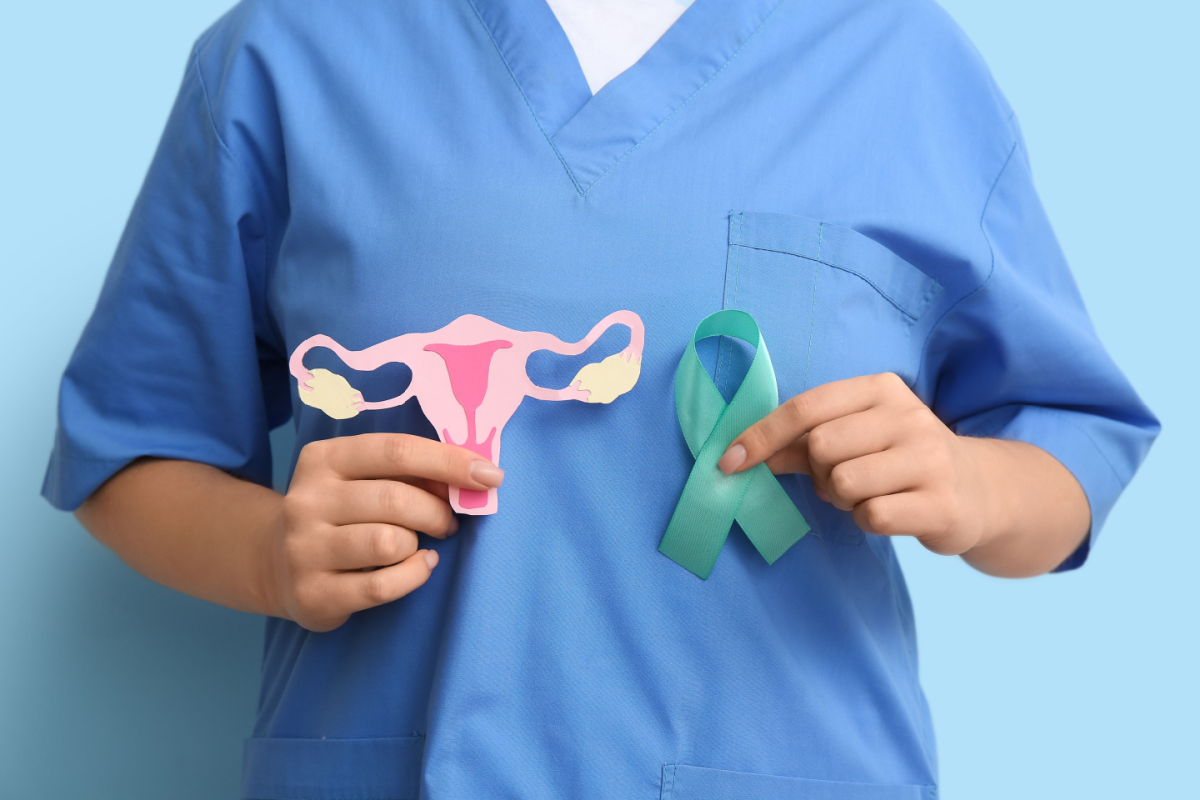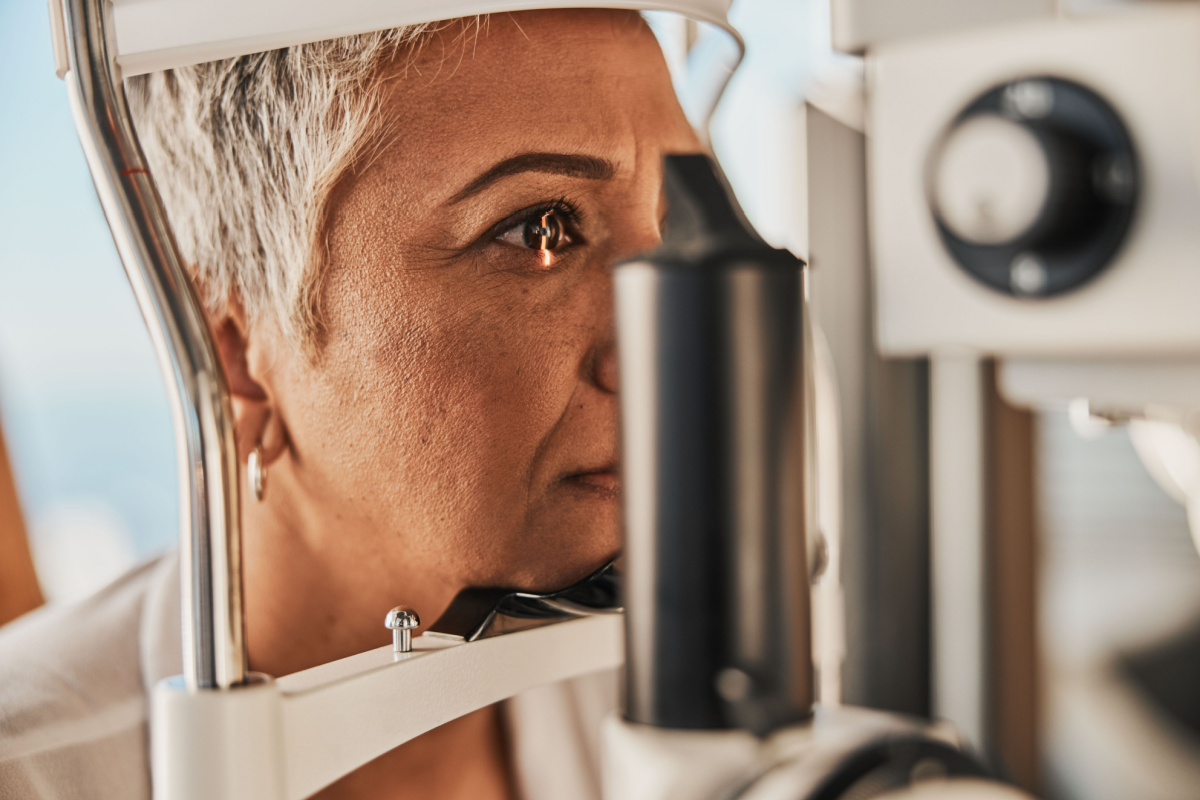World AIDS Day 2024 serves as a reminder of the ongoing fight against the human immunodeficiency virus, or HIV and acquired immunodeficiency syndrome, or AIDS. Marked each year on December 1, this day highlights progress in addressing one of the most significant public health challenges. This year’s theme, “Take the Rights Path to End AIDS,” emphasizes the importance of human rights in eradicating the epidemic.
Despite significant advancements, barriers remain: 9.3 million people are still not accessing life-saving treatment, 1.3 million people newly acquired HIV last year and 630,000 lives were lost to AIDS-related illnesses in 2023.
Patients often face stigma, mental health challenges and systemic barriers to accessing healthcare. Stigma, both social and internalized, remains one of the most critical issues, leading to delays in seeking care and impacting adherence to treatment. Efforts like the US Business Action to End HIV coalition demonstrate how workplace education and support can reduce stigma and expand access to care.
Emerging research has also underscored the compounded challenges people living with HIV faced during the COVID-19 pandemic, where stigma — both familial and societal — exacerbated conditions like anxiety, depression and post-traumatic stress disorder (PTSD), with nearly 24 percent of participants in one study screening positive for at least one mental health disorder.
As Winnie Byanyima, executive director of UNAIDS, states, “To protect everyone’s health, we need to protect everyone’s rights.” Discrimination, violence and punitive laws continue to hinder the HIV response by obstructing access to care and essential services. However, with a focus on inclusion and human rights, the world can meet its goal of ending AIDS as a public health threat by 2030.
Recent Advances in HIV Treatment and Prevention
Simplifying HIV Treatment with Two-Drug Regimens
The DOLCE study demonstrated that the two-drug regimen of dolutegravir and lamivudine (Dovato) achieved comparable viral suppression to three-drug therapies in treatment-naïve individuals with advanced HIV. At 48 weeks, 82 percent of participants receiving Dovato achieved viral suppression. These findings highlight the regimen’s potential to simplify treatment for people with HIV while maintaining safety and efficacy.
Targeting HIV Reservoirs for a Functional Cure
Code Pharma’s investigational drug Gammora showed promise in reducing the HIV reservoir. In an eight-week trial, Gammora, combined with darunavir-based therapy, eliminated infected cells without harming uninfected ones. All participants experienced viral load reductions, representing a potential step toward a functional cure. Further trials will expand on these results.
Revolutionizing Prevention with Long-Acting Injectables
Lenacapavir, Gilead’s twice-yearly injectable capsid inhibitor, demonstrated breakthrough efficacy in the Phase III PURPOSE 2 trial. Among 2,179 participants, the drug reduced HIV infections by 96 percent, with 99.9 percent remaining infection-free. Lenacapavir outperformed daily oral pre-exposure prophylaxis (PrEP) with Truvada and maintained high adherence rates. Regulatory filings for lenacapavir as a PrEP option are expected by the end of 2024.
Community-Led Advocacy and Awareness Initiatives
Creative Advocacy Through Positive Living Programs
REACH LA, in partnership with the Centers for Disease Control and Prevention’s (CDC) “Let’s Stop HIV Together” campaign, launched the Positive Living program, celebrating individuals thriving with HIV. This year, REACH LA conducted 1,458 HIV tests and linked individuals to care while promoting the importance of viral suppression through initiatives like “Let’s Get U to U.”
Rekindling Awareness with the KnowHIV Campaign
The Ontario HIV Treatment Network’s KnowHIV campaign utilizes targeted outreach to raise awareness about testing and treatment. With 98 percent of treated individuals achieving undetectable viral loads, the campaign emphasizes eliminating stigma and bridging access gaps for the 10 percent of Ontarians living with undiagnosed HIV. The campaign’s website, knowHIV.ca, connects individuals to resources.
Call to Action
Young women remain disproportionately affected by HIV, with UNAIDS reporting 570 daily new infections in 2023 among those aged 15 to 24. Highlighted in a recent NPR interview, Professors Salim and Quarraisha Abdool Karim — recipients of the prestigious Lasker Award — made a groundbreaking discovery in South Africa that teenage girls were acquiring HIV from older male partners. This led to the development of innovative prevention strategies like the Tenofovir vaginal gel. This gel provided women with a groundbreaking tool for HIV prevention, offering a discreet and empowering option that significantly reduced transmission rates in clinical trials.
This year, the seventh reported case of HIV remission, announced at the 25th International AIDS Conference (AIDS 2024), stood as a beacon of hope in the ongoing fight against HIV. This milestone involved a 60-year-old German man who underwent a blood stem cell transplant using a donor with the CCR5-delta 32 mutation, a genetic variation that confers resistance to HIV. While this procedure remains complex and unsuitable for widespread use, it serves as a powerful reminder of the strides being made toward finding a cure.
As World AIDS Day 2024 approaches, these advancements and initiatives underscore the importance of collective action.












Join or login to leave a comment
JOIN LOGIN